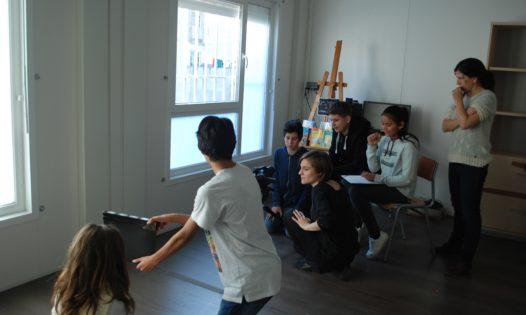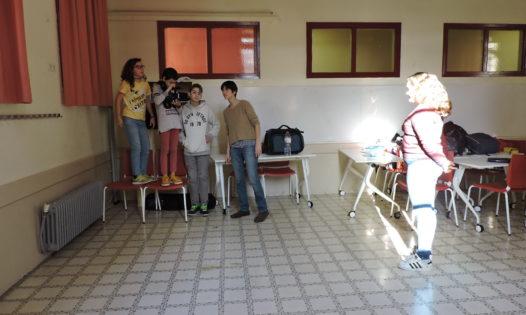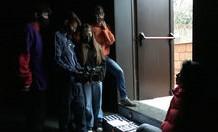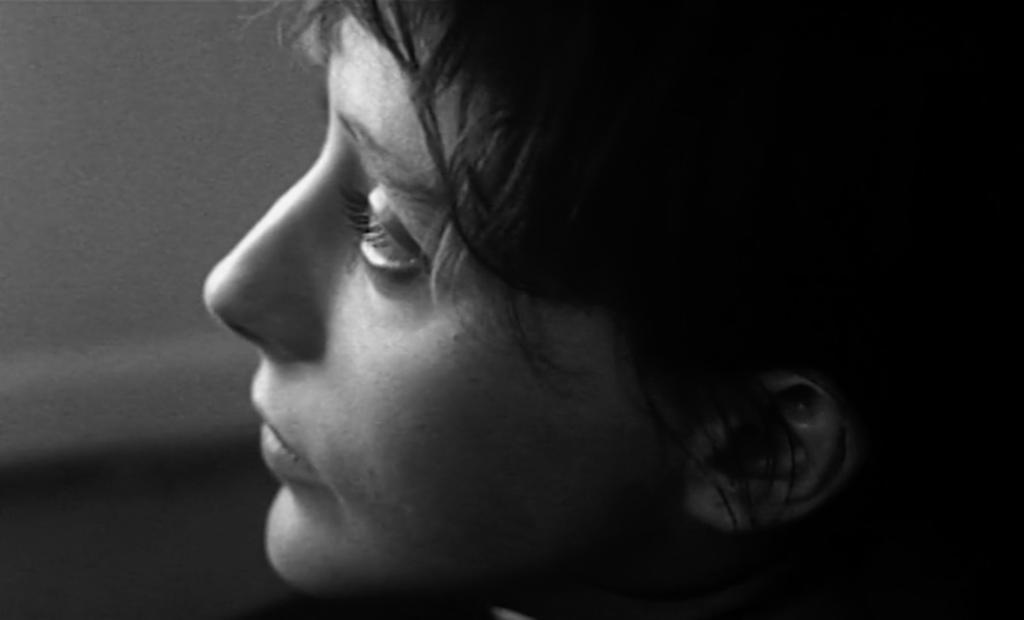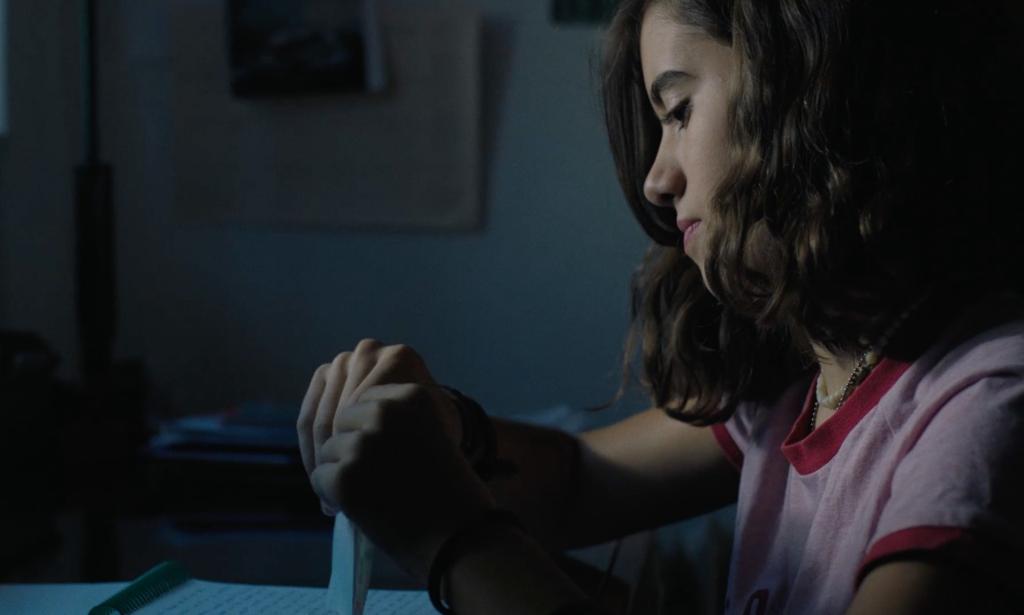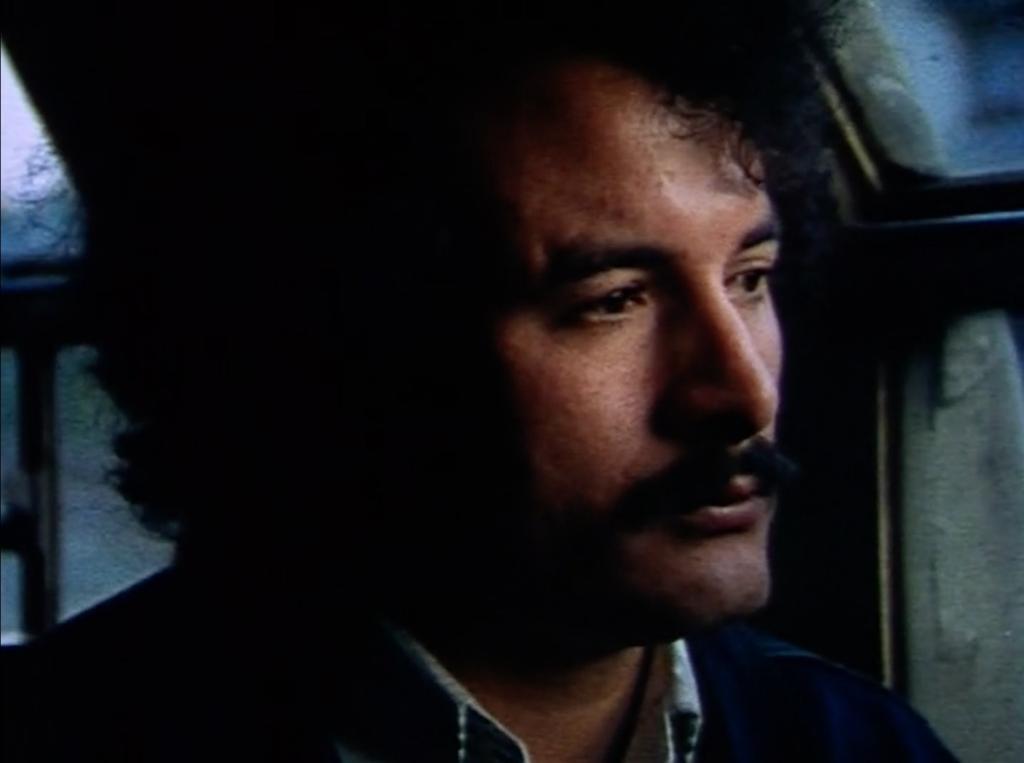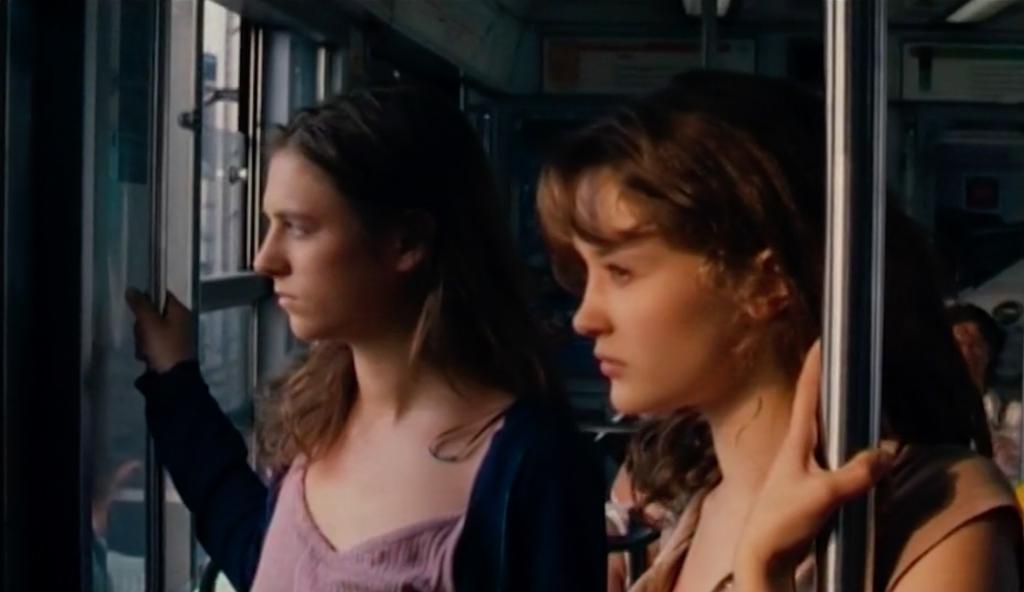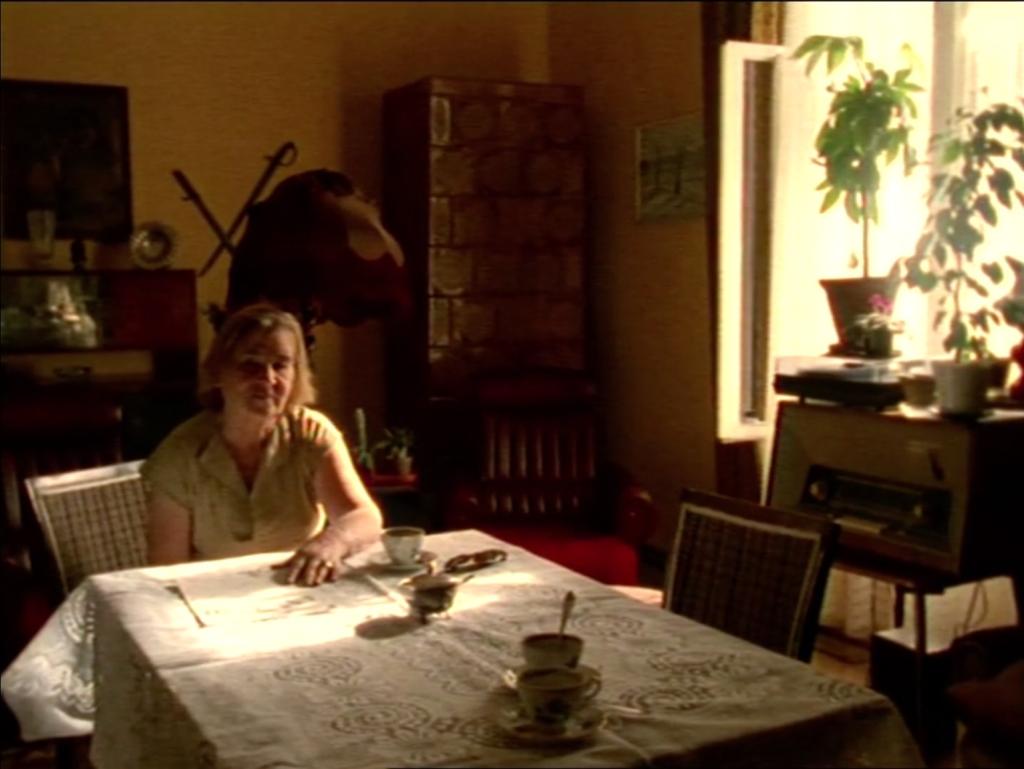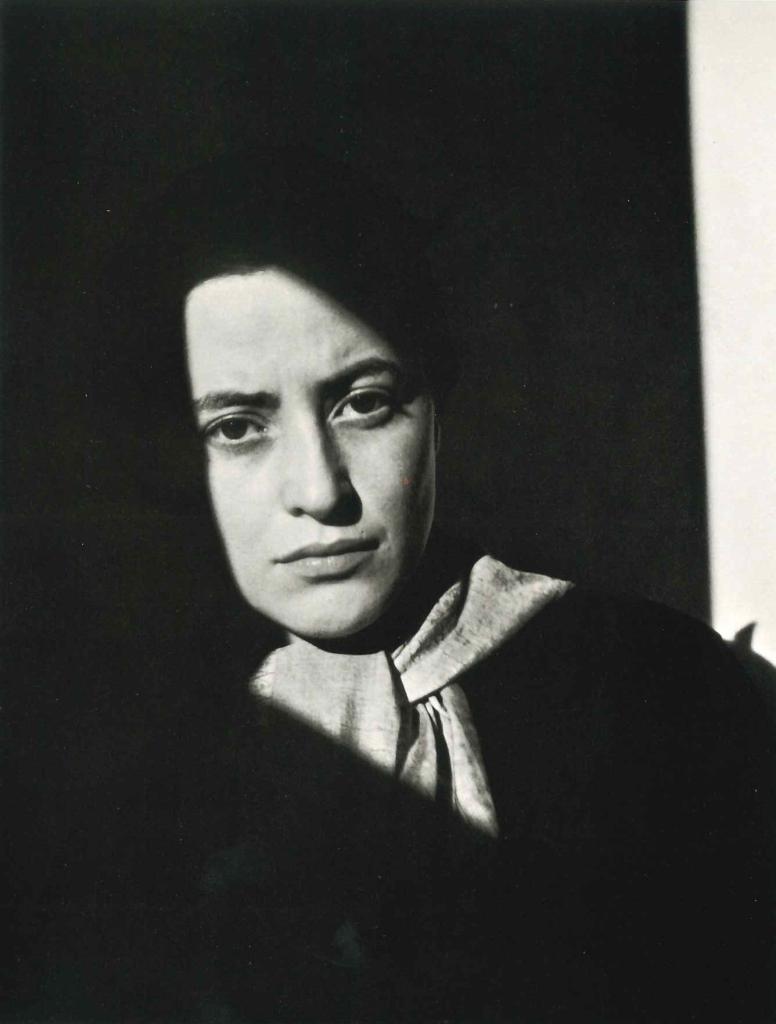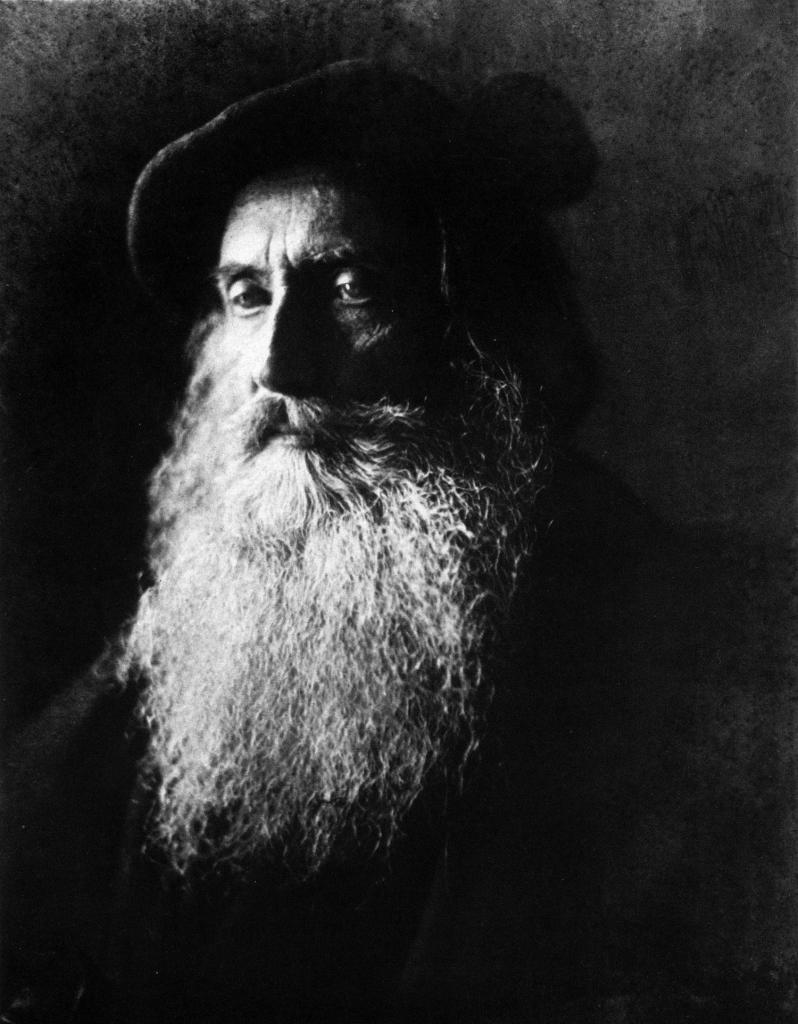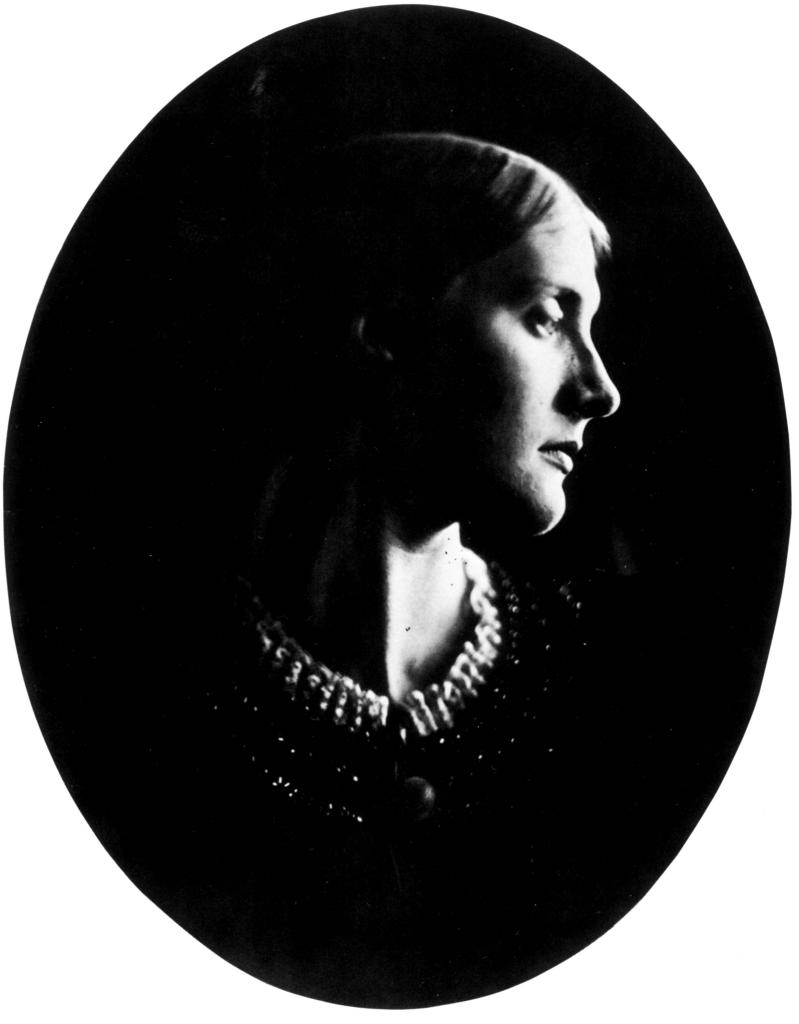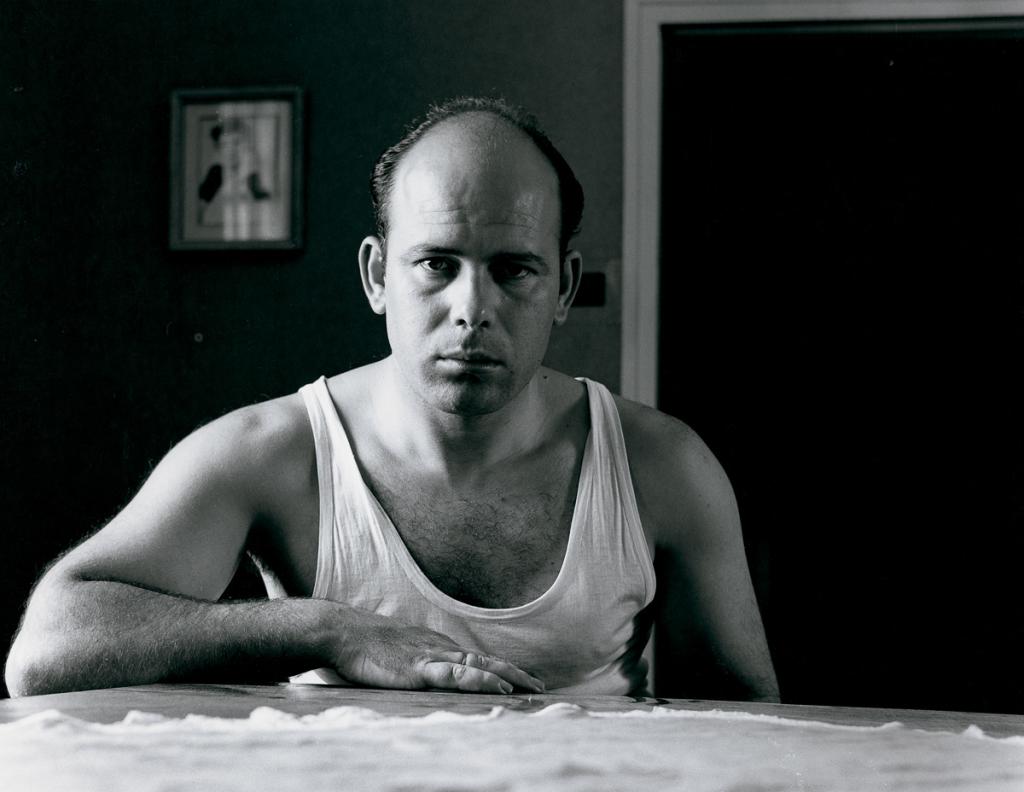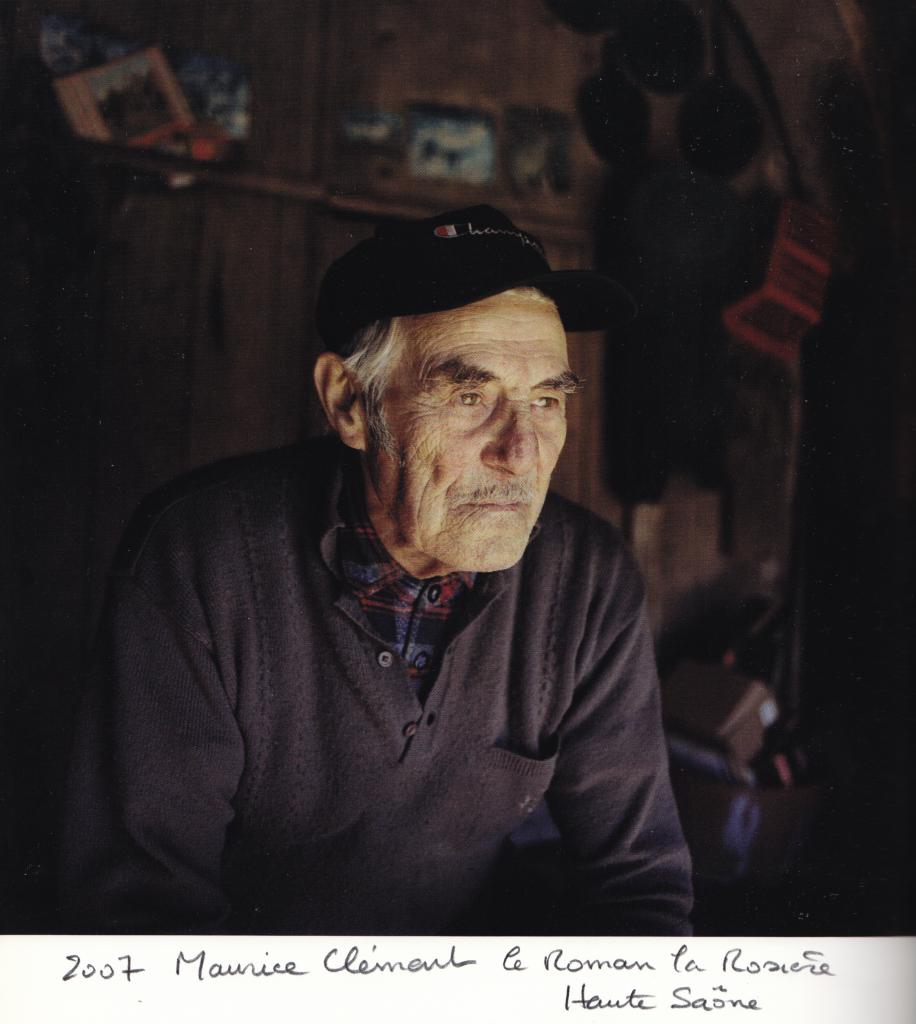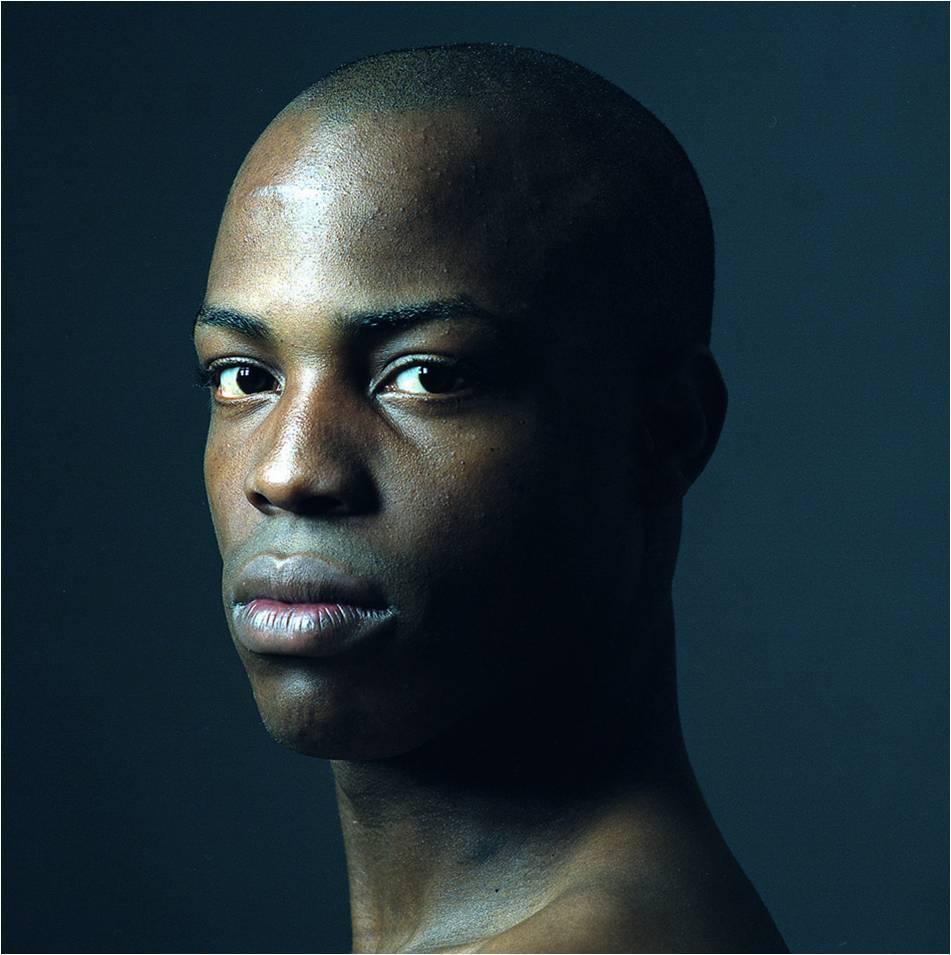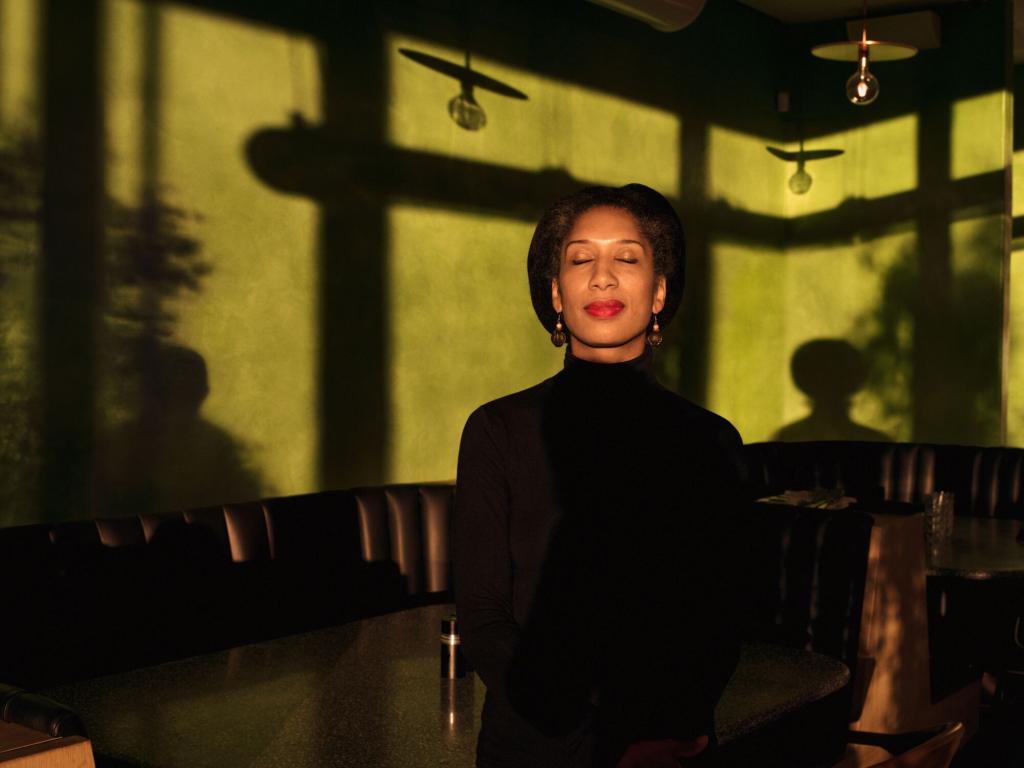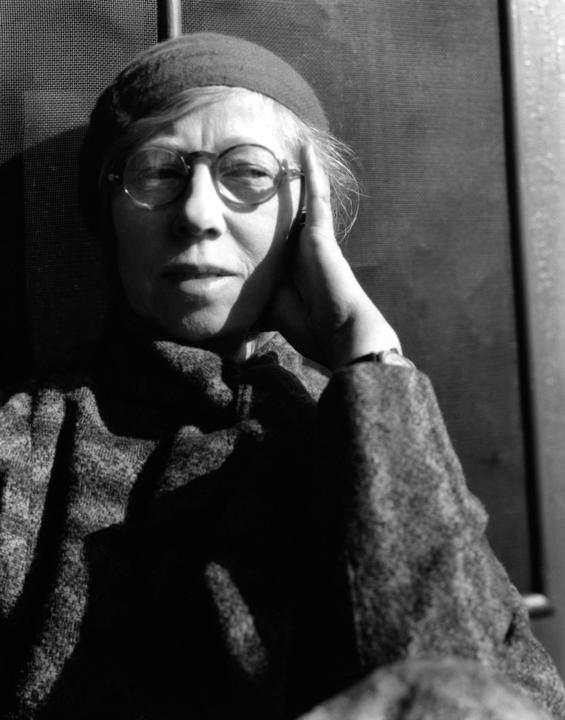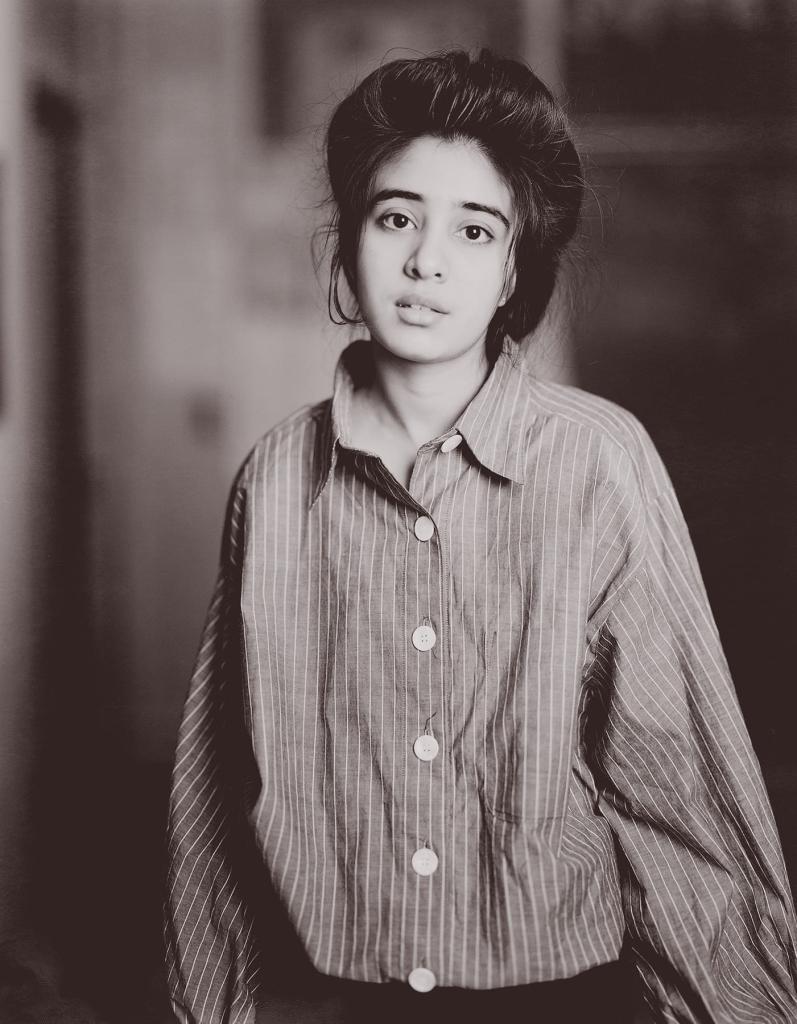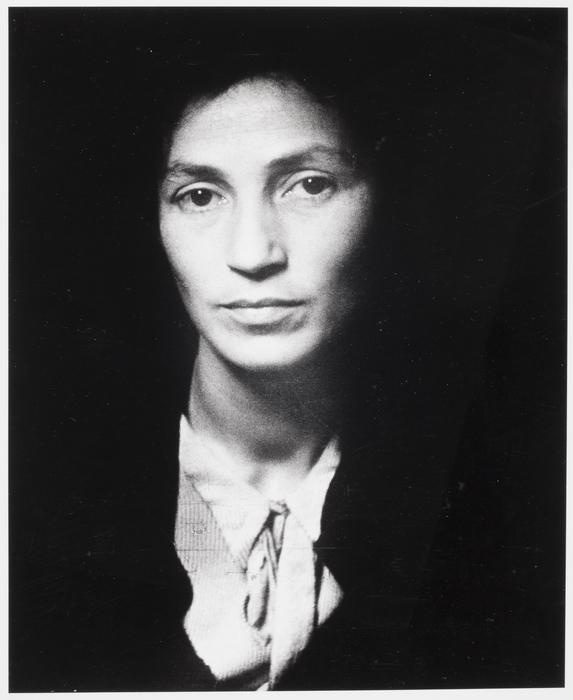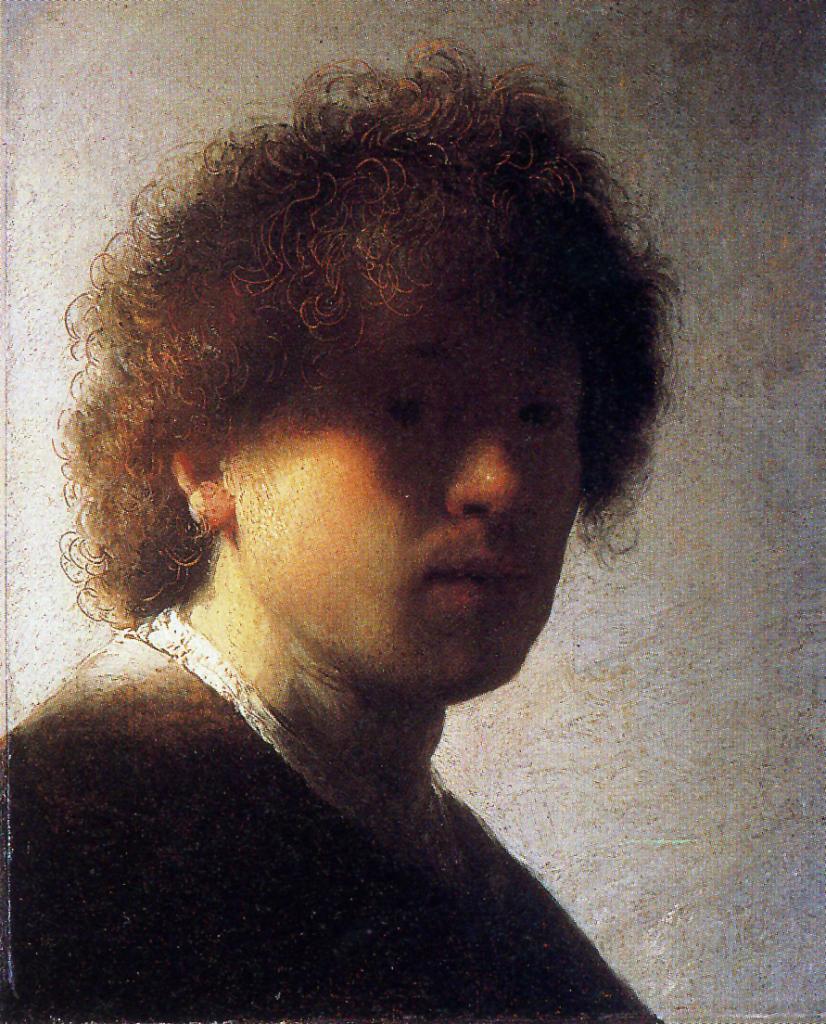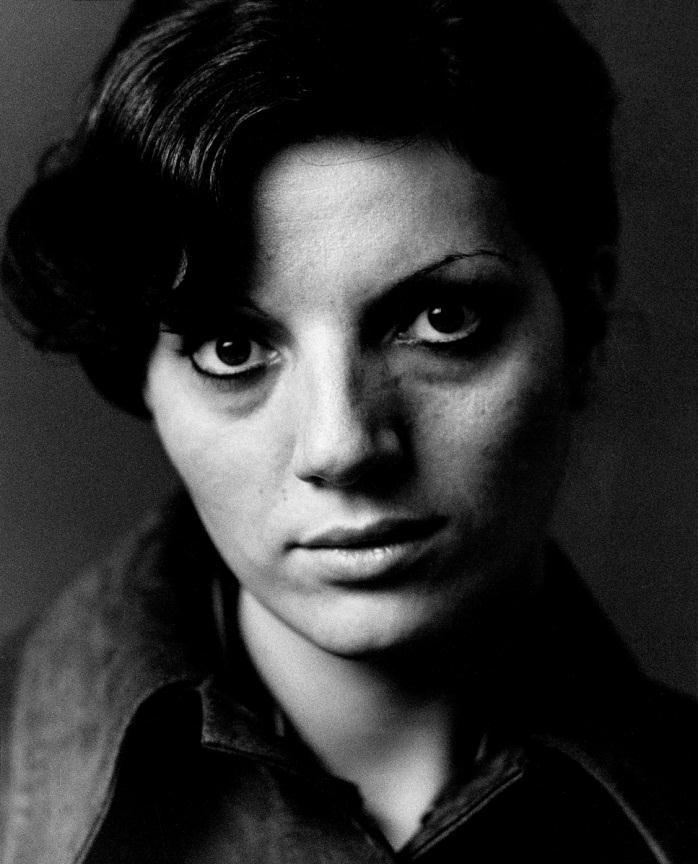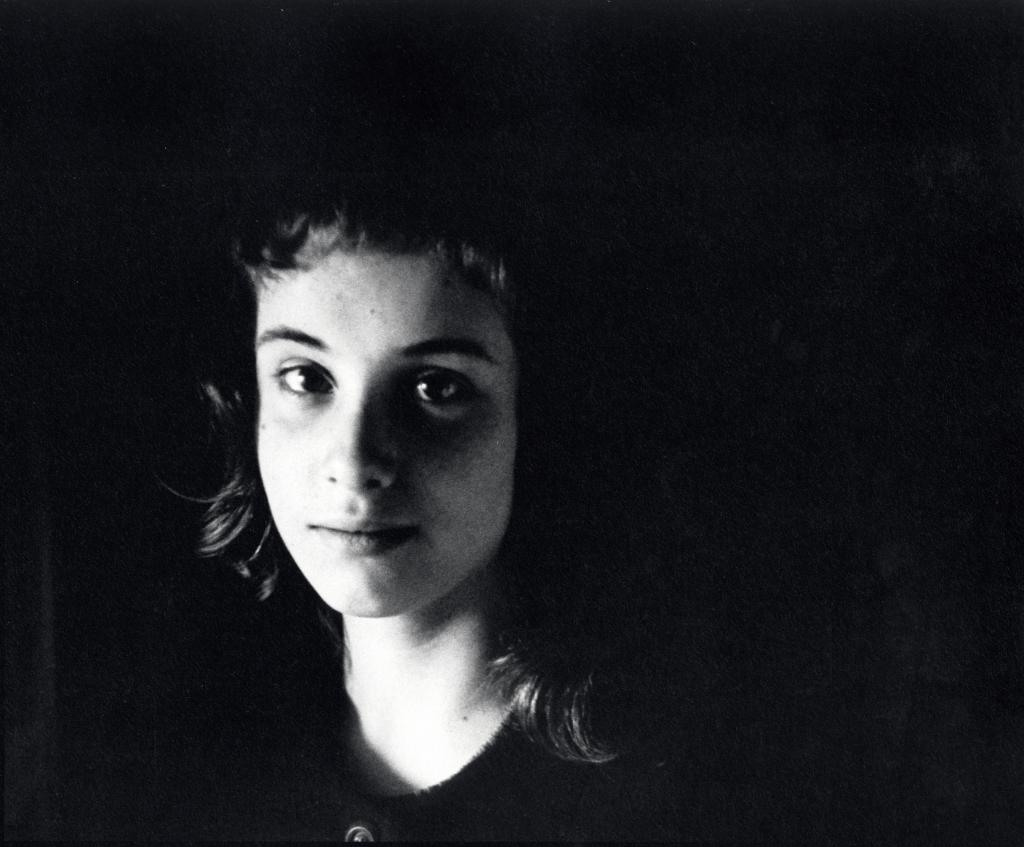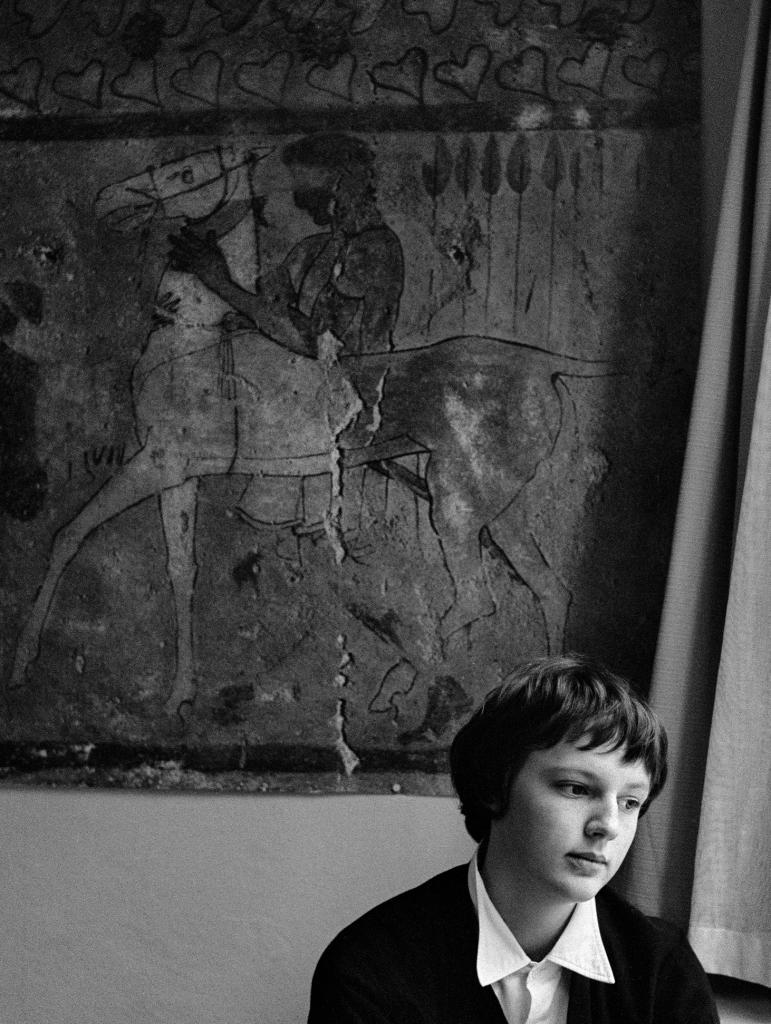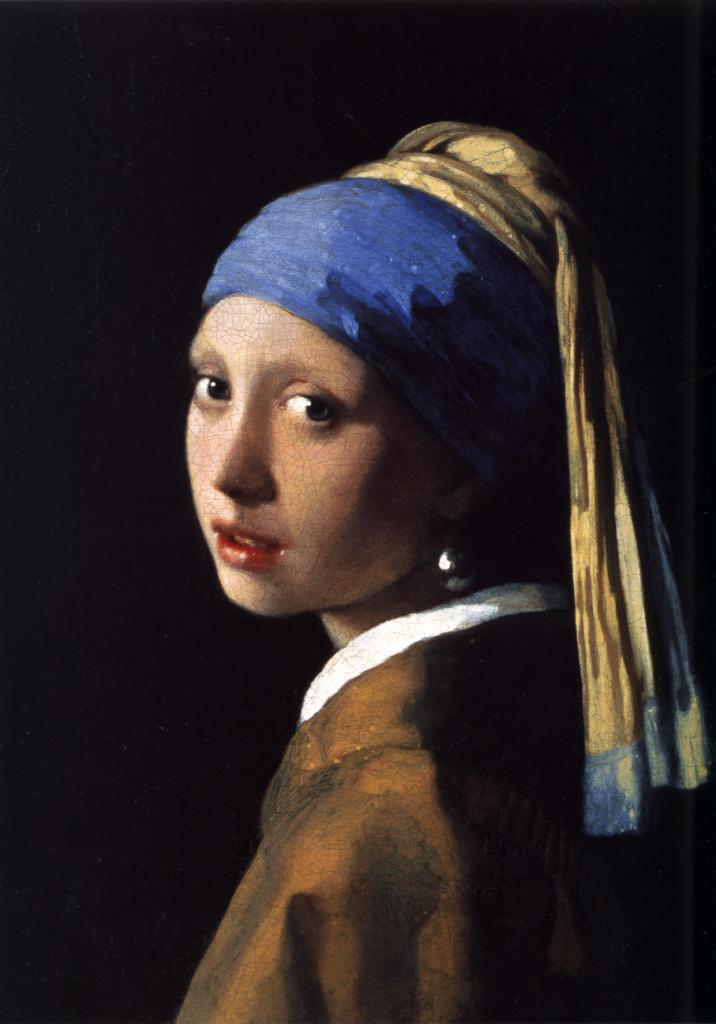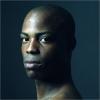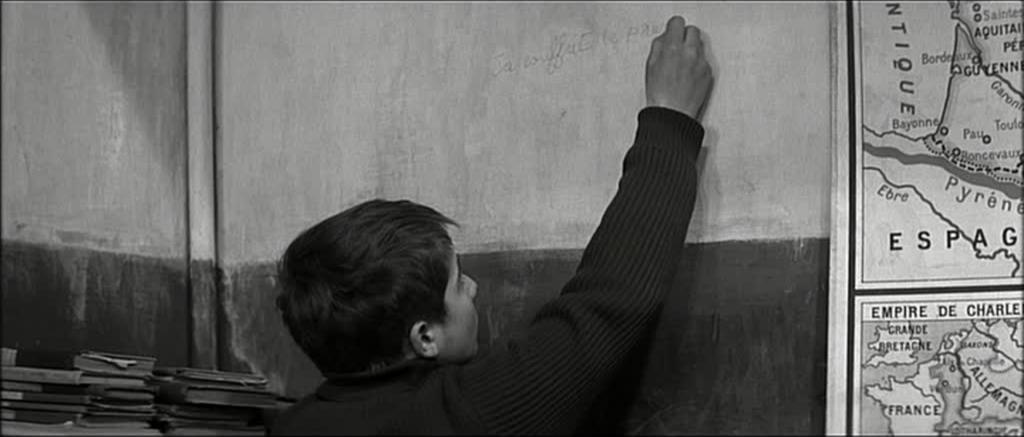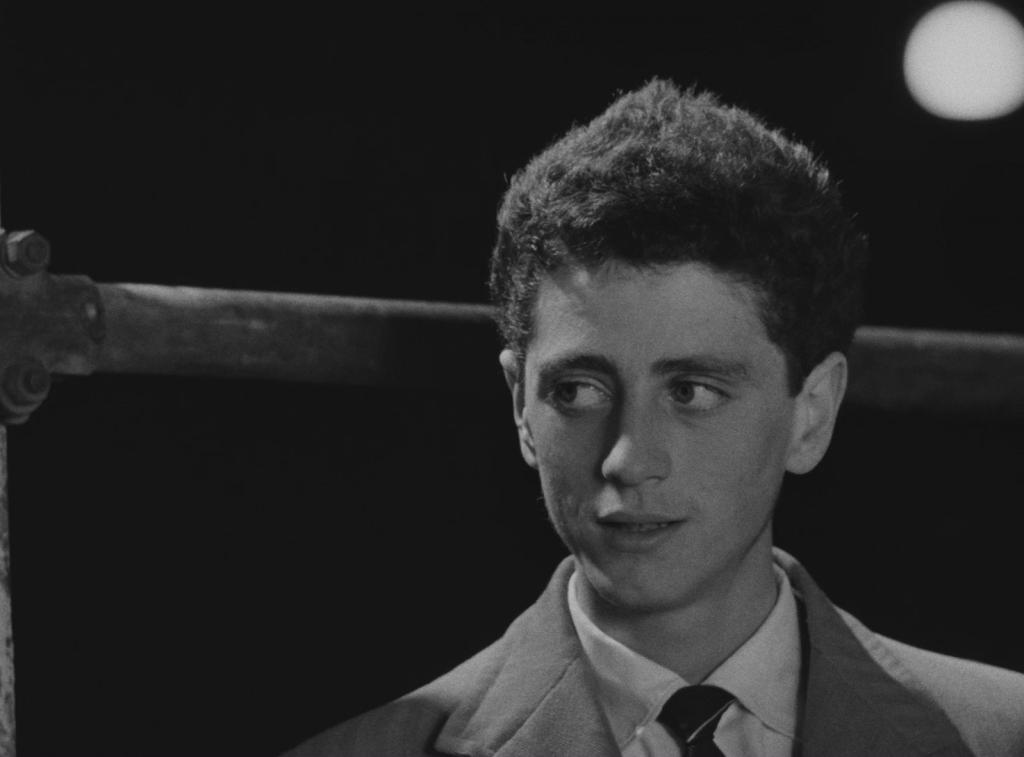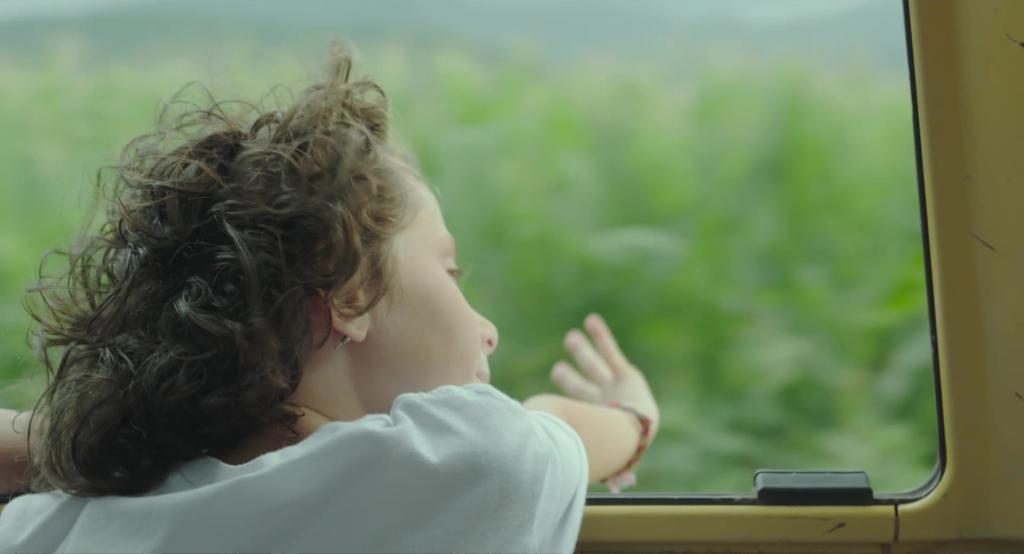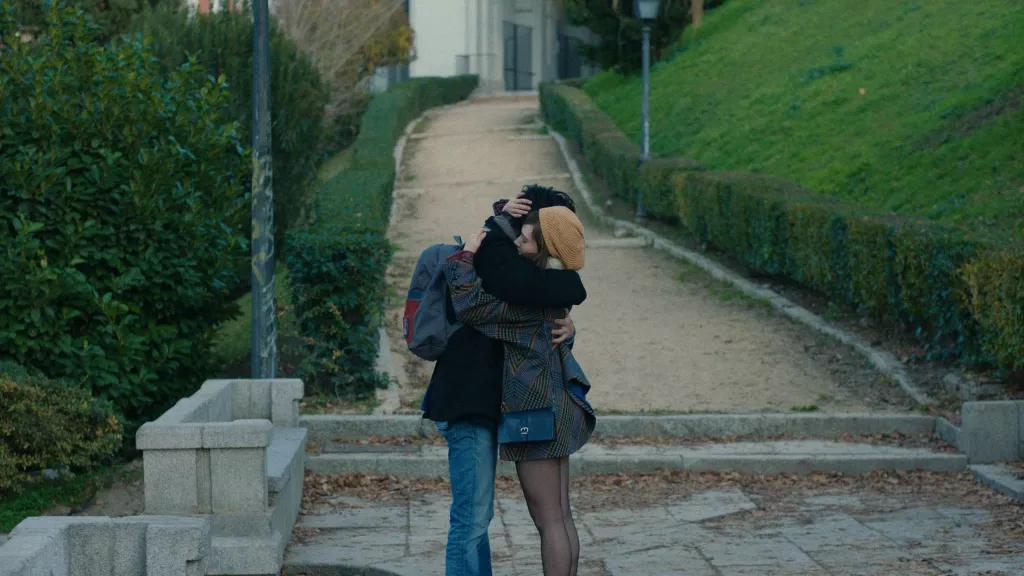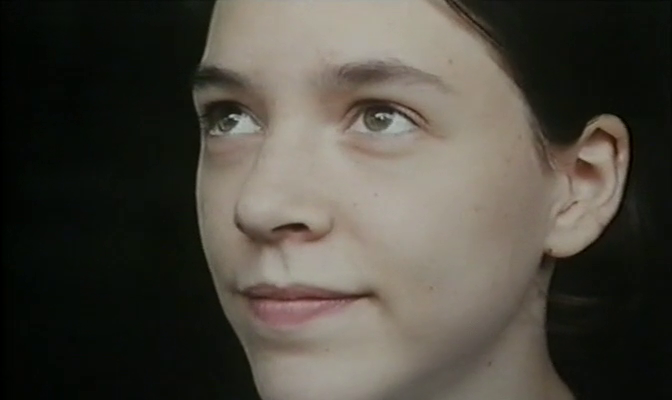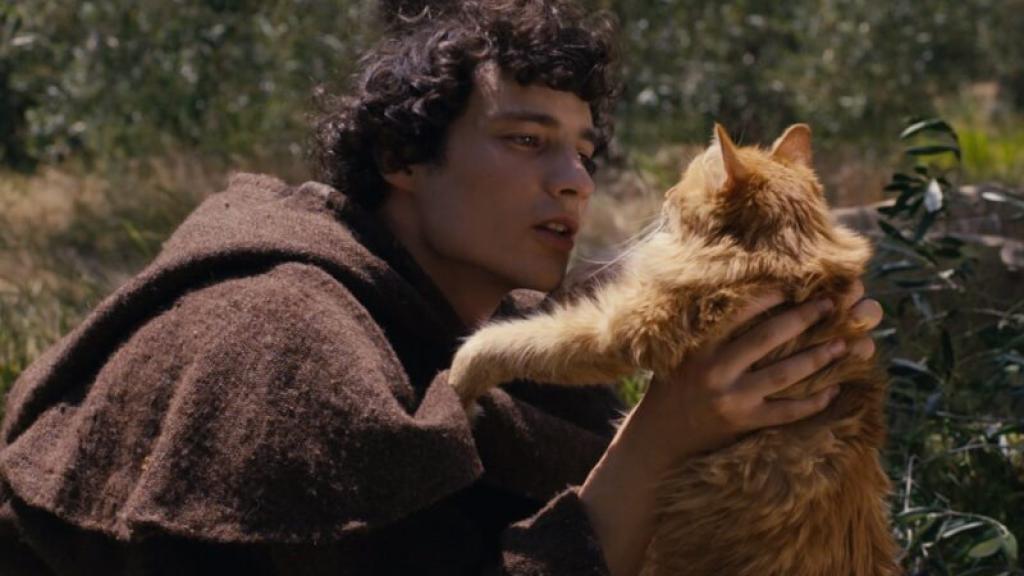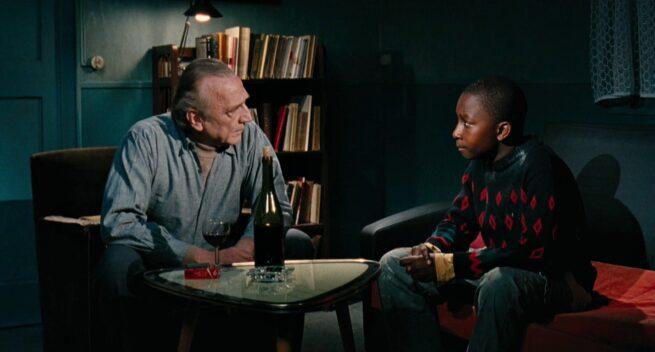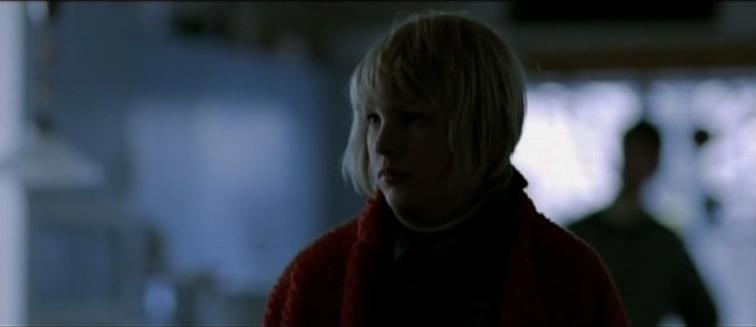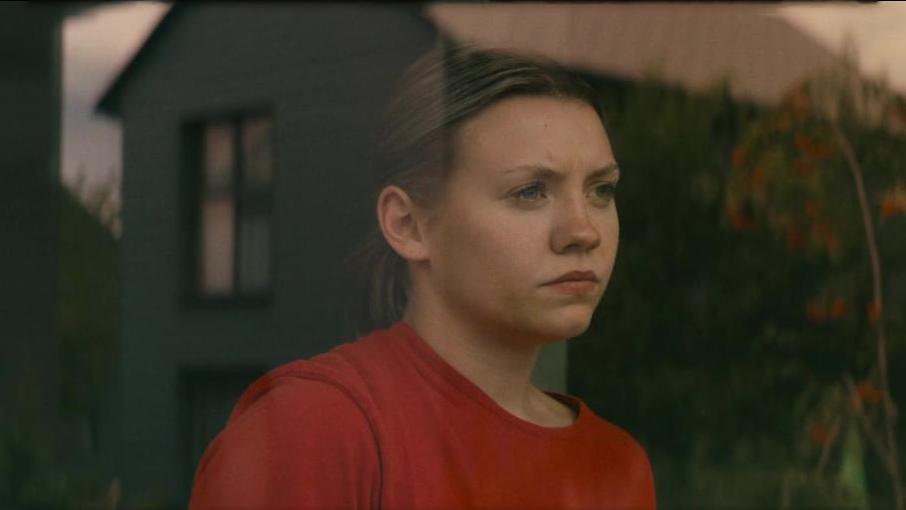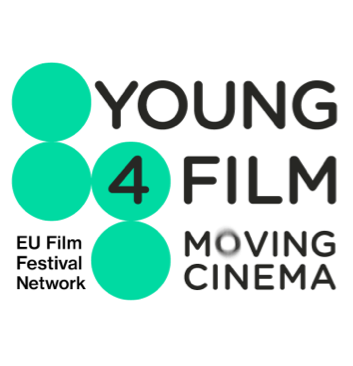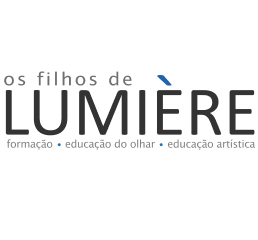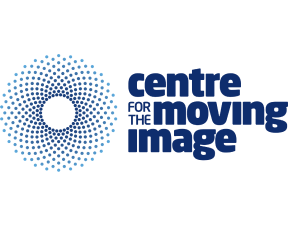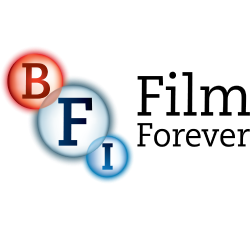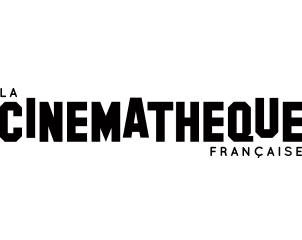Moving Cinema
FilmViewing – Filmmaking: Light and Face
The proposal brings into play a triple discovery: that of light, closely observed faces and the essential cinematographic choices.
We will start the exploration of light from observing it attentively, watching closely its transformations at different hours and on different days as the meteorological conditions keep changing. Then we will pause to observe the light on the faces. We will look at it closely and will try to find words to describe it.
The light belongs to the sensory order, hence, our primary objective is to sharpen our sensitivity and to become able to perceive more and relish what usually goes unnoticed. The light, after all, is the raw material of cinema as well as the element which makes everything what surrounds us visible to our eyes. However, the fact that it is always there might be the very reason why we hardly ever notice it or pause to see how it changes, except when we encounter the excess or lack of light (in a classroom, for example, we mention light only when it makes it difficult to see a projection or a blackboard…).
In order to enhance our awareness of the light and to enjoy its transformations two fundamental aspects must be taken into account: first, it is necessary to dedicate time and attention, and, second, one has to look for words to talk about light and to be able to name its qualities. The more words we will have to describe the light, the more nuances we will perceive. Moreover, we will realise that in order to describe the light, instead of using technical terms, we will resort to everyday words which we will borrow from other semantic fields and which in many cases belong to the realm of sensations: cold or warm light; hard or soft; fixed or in a movement… As soon as we start saying the words which can serve to describe light we will notice that often we will think in binary opposites.
What concerns faces, their value is unrivalled, in our lives, in paintings, in cinema. We can barely imagine cinema without a face, however, not all the shots of faces are of equal value and intensity. In fact, emotional value of these shots does not solely depend on the actor’s work, but more so on how a filmmaker constructs the shot, what role assigns to it in the sequence, how it relates with other shots in the same sequence, its duration, how the face is being lit, how it relates with the background… The face is essential here as it allows us to access the emotions of the character and reveals the way they are expressed.
Finally, the proposal articulates reflexive experimentation around some of the key choices in cinema, which in this case quite directly stem from the camera possibilities. The camera, as if it were a musical instrument, offers us inexhaustible possibilities, myriads ways of looking and relating to the world, as well as plenty of forms to create emotions. The more we know about the instrument and its possibilities – when we make as well as when we watch cinema – the richer our choices will be and the more we, as spectators, will enjoy films.
That is why it is important – for us as spectators and potential filmmakers – to approach the parameters as expressive possibilities and not as mere technical resources.
The above-mentioned aspects, and even several more, all come into play in the proposal ‘The light and the face’, seemingly simple but enormously rich and paving the way for us to explore expressive effect of filming a face with a special attention to light.
Finally, the practice might as well serve as a good opportunity to discover some of the greatest artists in the history of art, especially painters and photographers.
"Light and Face" by students in the Moving Cinema workshops - with a professional camera
Filmed by a group of 14-15 years old students of Oriarte Institutua (Lasarte, Basque Country)
Filmed by a group of 14-15 years old students of Institut Barres i Ones (Badalona, Catalonia)
Filmed by a group of 16-17 years old students of Institut Moisés Broggi (Barcelona, Catalonia)
Filmed by a group of 12-13 years old students of Institut Montjuïc (Barcelona, Catalonia)
Filmed by a group of 16-17 years old students of Institut Moisés Broggi (Barcelona, Catalonia)
Filmed by a group of 14-15 years old students of Institut Maria Espinalt (Barcelona, Catalonia)
"Light and Face" by students in the Moving Cinema workshops - with mobile phones or home cameras
Filmed by a 16 years old student of Institut Moisés Broggi (Barcelona, Catalonia)
Filmed by a group of 14-15 years old students of Institut Montjuïc (Barcelona, Catalonia)
Filmed by a group of 16-17 years old students of Anykščiai Jonas Biliūnas gymnasium (Anykščiai, Lithuania)
Filmed by a group of 16-17 years old students of Anykščiai Jonas Biliūnas gymnasium (Anykščiai, Lithuania)
Development
Preamble
Before we start working properly with ‘the light and the face’, let’s take some time to observe light in our environment. We could start from looking at how the light enters our classroom at different moments of the day and in various meteorological conditions (on a dull day and on a sunny day; on a rainy day and when the wind sways tree branches or chases away the clouds). Observe the light in your classroom attentively, focusing on every tiny detail: take a look at the walls, the floor, desks’ surfaces… Try to find words to describe it.
Then we will pause for a while to observe the light on our faces. Each student should sit opposite his or her classmate, face to face. We will look at each other in silence and with careful attention. Then each of the students will describe in detail the face of his or her peer. We could also propose to draw it.
Analysis of film excerpts
We will watch and comment on several excerpts from films where the interplay between the face and the light as well as the way in which the light falls on the face are particularly expressive. We could enrich this process of enhancing sensitivity by examining certain paintings and photographs.
See more in the section ‘References’.
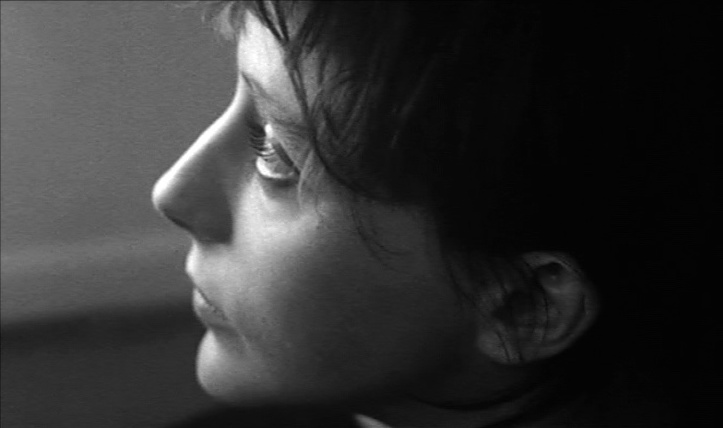
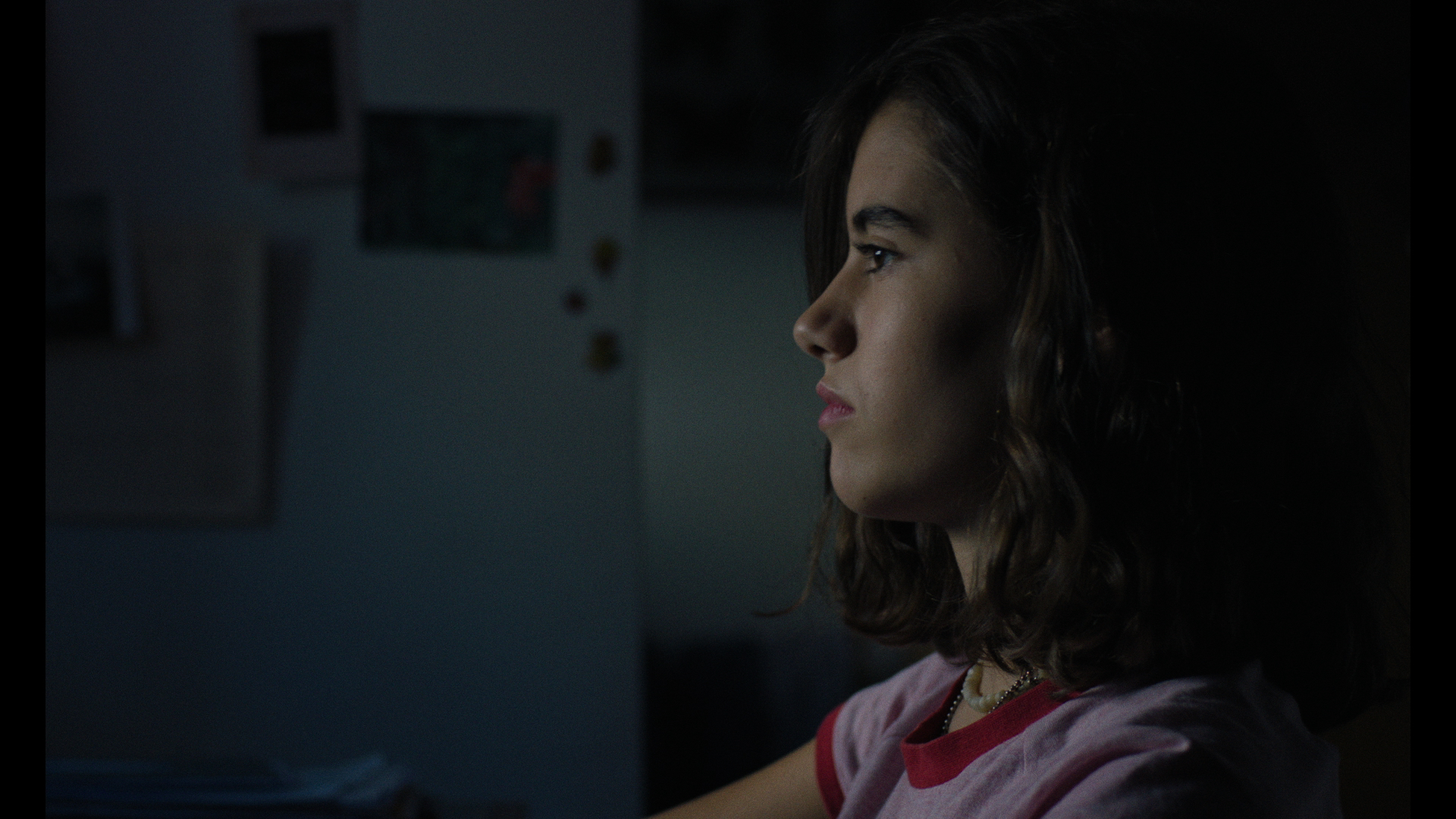
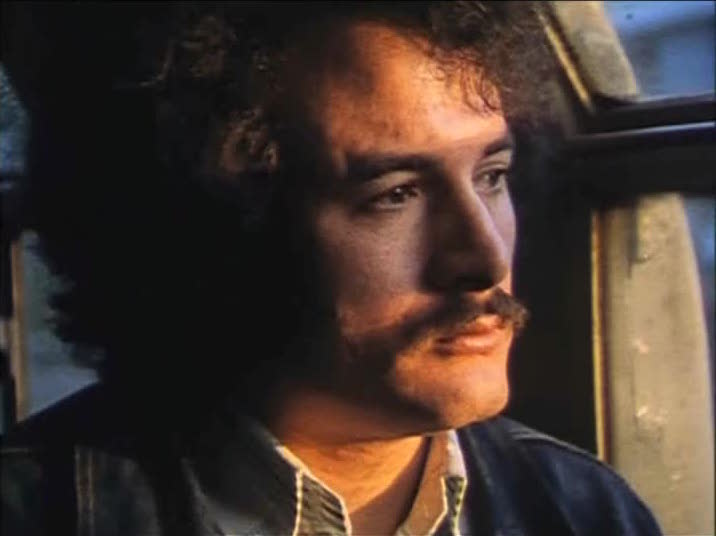
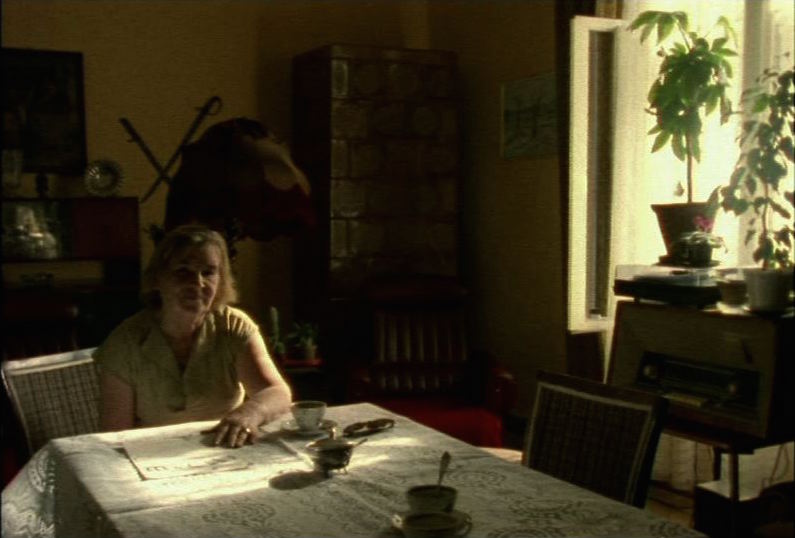
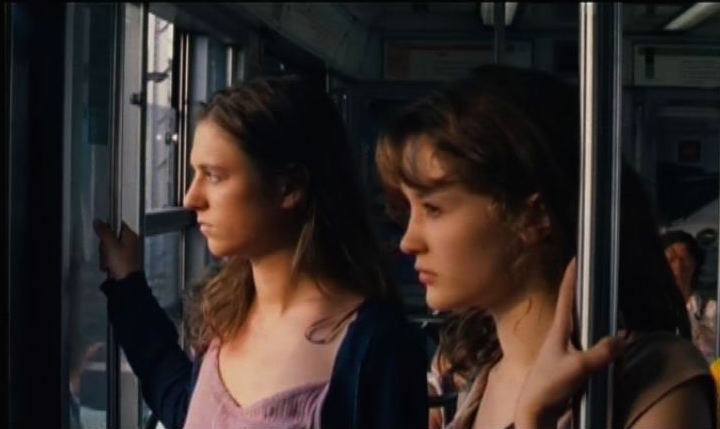
Knowledge of the camera and the tripod
Whenever possible we should work with a camera which can be switched to a manual mode to manually control exposure, focus and optics. Before getting immersed into creative process we will take some time to explore these concepts and how the camera functions. Knowing how to use the tool is crucial to be able to explore its possibilities.
Shooting
Let’s start from earlier defined situation: a character is placed next to a window in such angle that his or her face is lit by the incoming light. We should avoid backlight and will only work with natural light. We will observe how the light falls on the face. What is the light like? What shadows are being cast on the face? What happens if the person turns his or her head towards the source of light? What will happen if we gradually lower the shutters and draw the curtains?
We will explore diverse variations, playing with the position of the character and the source of the light and paying our attention to the light properties: its direction; intensity; whether it is hard or soft; colour temperature; etc.
We will work with shots somewhere in between a medium and a close-up shot. We will focus on the face rather than on how it relates to the exterior (we will avoid the presence of the window, double exposure, etc.). We must make sure that in the background there are no elements which could distract our attention from the face, opting for dimly lit background and the face lit up by the light pouring through the window.
Taking into consideration the properties of the light in the particular space and at a particular moment we will be working at, we should choose as a reference one of the film excerpts from the ones which this proposal was inspired by. We will film various shots with different choices of exposure and/or distance, making sure the face (or some parts of the face) is partly lit up and partly in shadow. We will explore wide expressive possibilities which the light falling on the face offers.
Ideally each team should film at least two different shots, choosing a different position of the character and/or exposure, etc.
It would be interesting, always when the properties of the camera allow that, for the students to write down what parameters they have chosen: optics, diaphragm, focus. It would help them to deepen their knowledge of the above mentioned choices and would let them see what expressive effects can be observed in various shots, both created by their team and by other classmates.
Viewing, presentation and comments on shooting
It would be interesting if every team could present their practice to their peers and explain their choices, discoveries, challenges and difficulties, decisions they have made… It is a very important moment because it helps to internalise new skills and vocabulary. And of course, it is a wonderful chance to celebrate the shots everybody has made!
Follow-up of the proposal
After all this exploration in a team, when students had someone to help them and could use a camera with the manual mode to control the parameters, now we will propose them to film some shots of the faces of the people who are dear to them, this time using their mobile phones or home cameras. The premise is the same: they should work with a natural light coming through the window, making medium shots or close-ups. It would be particularly valuable to work with old people.
Organisational aspects to be taken into account in the shooting
Organisational aspects
We will work in teams, from 5 to 7 students in each.
Each team will have at its disposal between 1 h 30 mins and 2 hours.
It is important to make sure that all the students participate actively in the preparation to film the shots and that each of them has a chance to handle the camera at some point.
During the shooting we should always stay behind the camera.
We will film without recording the sound, so that we could give indications to the person who is being filmed. For example, if we would like the person to turn his or her head or look to a particular direction (always in slow, measured movements). Except for these indications that we will give during the shooting, we shall work practically in silence, observe carefully and keep our focus.
We will shoot long shots.
Since we will have seen various excerpts, it would be interesting for each group of students to choose a different one. We will take inspiration from this example trying to achieve a similar lighting effect. It is precisely this quest and observation of the expressive power of light what will lead us to explore other possibilities, encourage us to experiment with the camera, make expressive decisions related to the properties of the light, space, etc.
It is very important to pay our attention to the background of the shot (everything what is behind and around the figure). We should make sure that it is as plain and neutral as possible.
It is worthwhile, once we have finished the shooting, to leave some time to make notes of everything what we have learnt about the parameters (we could create a list called ‘Discoveries’) and to comment on our experience with other groups.
Very important! The person who is placed in front of the camera shouldn’t act, he or she should neither try to take any action, nor convey some mood. He or she is barely a figure in front of the camera. We are not working on the ‘dramatic skills’, the only requirement for a person in front of the camera is to ‘be present’. We will deeply impressed when we discover that expressive and emotional intensity can arise from cinematographic choices alone.
Necessary materials and equipment
- Interior with a window
- A video camera or a photo camera with the video mode (whenever possible, we should work with a camera with a manual mode which lets us control diaphragm, optics and focus)
- Tripod
Pictorial and photographic references
A wonderful book, especially suitable to work with students at secondary school and A levels, is We are 17 by Johan Van der Keuken: a photography project, which the great filmmaker undertook when he was exactly that age, and which consisted of creating portraits of his group of friends.
Another very interesting photography project is that by Raymond Depardon, Farmers’ land (La terre des paysans). The pictorial portraits by photographer Pierre Gonnord may also be a source of inspiration.
In the field of painting, it would be very interesting to analyse the work of such artists as Rembrandt, Caravaggio, Vermeer…
